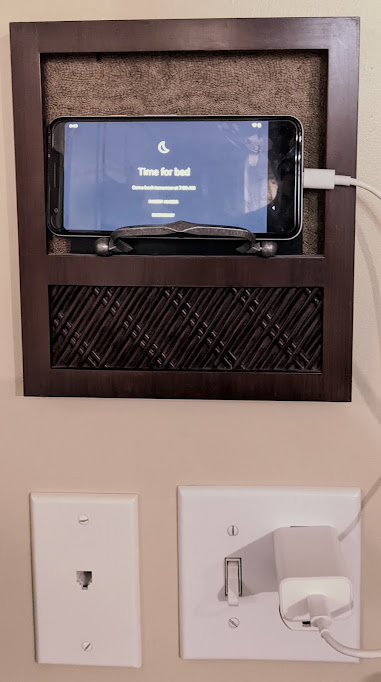I'm standing outside of a pink stucco concrete building, making small talk with the other parents as we wait for our children to emerge from their activities. One woman mentions that she's recently moved from Australia, and the conversation turns to the differences betwen our southern and northern hemispheres. We start with talk of snow, and we all agree that last year's snowfall in Vancouver was unusual.
The Australian woman then talks about the bush fires that threatened her home outside Brisbane in 2020, and I recall the terrible ice storms in 2014. Another parent brings up the impact of floods that submerged the communities of the Fraser Valley last year. We all muse and agree… it wasn't like this when we were kids. Not this bad… not this often.
 |
| Photo by Renzo D'souza |
There's a name for the melancholy we feel. It's called solastalgia. It's a feeling that's something like homesickness, but you haven't left home. It happens when you find your home environment is changing in ways that you feel are distressing.
I experience this often. The rivers of my childhood were so clear I could drink the water and catch minnows with my hands. The woods on public lands were dense and cool and filled with huckleberries and salal. Now, these places are disappearing and are hard to access. When I see a stream bed filled with trash or taste wildfire smoke in the air, I feel intense solastalgia.
But then, I look at my children and determine I will not lose hope. I decide to can still imagine a future of natural abundance. Something that will, sadly, be different. But it can still be beautiful.
If we all tend our little bit of green earth.
Gardening has grounded me. I'm not exceptionally knowledgeable, but I pay attention. I visit my plants often; I watch them and make notes. I've learned what not to do. I tend my little bit of earth.
What do you tend to?
Let me explain. I plant the smallest seeds, add water and kitchen scraps, and reap a harvest far beyond what I deserve. Not only do I benefit from the crop, but the ripple effects of a flourishing garden have also created conversation, connection and gifts of abundance for my neighbours. My yard also hosts birds, squirrels, bees and butterflies.
This process has taught me that living with the seasons, within the natural cycles of nature, causes me to thrive. I can also clearly see that when we lives in a way that is antagonistic to the natural systems of this earth, our lives are jeopardized.
Loving the environment and advocating for it is kind of my thing. It's the thing I tend to.
Artificial fertilizers, over-paving, and poor water management have disastrous and personal effects. These practices, along with many others, have directly led to drought, food insecurity, home-threatening flooding, heat islands and increased poor mental health.

And cities don't even win from this approach! By moving fast and taking cash, near-future impacts of poor eco-urban planning include major lawsuits and it is taxpayers who have to pay. (https://www.cbc.ca/news/canada/british-columbia/b-c-reaches-65m-funding-deal-with-first-nation-after-supreme-court-ruling-1.6204008)
Soooo yep. I'm passionate. I've expanded my care of the small garden beneath my feet and grown this care into my broader community. I consider this passion to be my personal bit of earth But as you know, not everyone is blessed with a physical garden. Also, the ills of this world are so much greater than simply environmental. And this thought makes me wonder:
what's your little bit of earth? What is the the thing you care so much about?
Is it human rights, animal welfare, or elder care? Do you feed the soul through baking or do you feed the world through investments and thoughtful donations? Are you a parent, striving to raise our little ones with the hope, imagination, and resiliency to thrive in a complex future? Are you passionate about mental and physical health care?
What is the bit of earth that you tend?
I've been posting many photos on social media chronicling my garden harvest this season, but the truth is, I would NEVER require anyone to try and mimic this approach to life if it's not your passion. Without joy, multiple hours a day weeding and watering can be soul-crushing.
Nor do I demand you become an eco warrior, not if it drains you empty and leaves you laying on the couch. Rather, I'd like to encourage you to find your own passion: your own bit of earth to tend. I encourage you to give to the world from your unique place of strength, joy, and comfort. Not out of compulsion but from passion.Tend your garden well. We need you. Together, the future can still be beautiful.
 |
| Hold Fast by Charity Gosling |

.jpg)





















